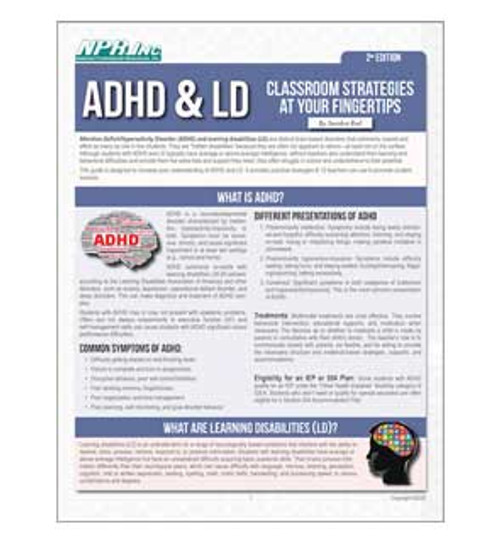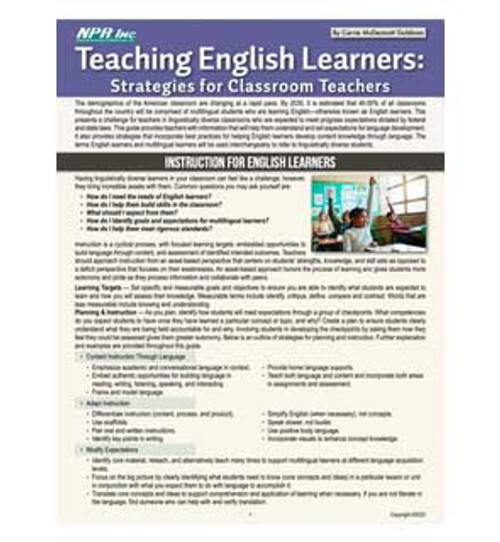Product Overview
"This quick-reference guide should be on the desk of every teacher who is interested in infusing more challenging and creative activities into their STEM curricular topics. The standards-based and investigative oriented format allows teachers to "jazz up” any topic and introduce enjoyment and engagement into almost any regular curriculum activity."
-Joseph Renzulli, Director, Renzulli Center For Creativity, Gifted Education, and Talent Development
University of Connecticut Board of Trustees Distinguished Professor
Studying science, technology, engineering, and math—subjects collectively known as STEM-- equips students with the knowledge and skills to solve tough problems, gather and evaluate evidence, and make sense of information. Students today need STEM skills more than ever to succeed in our increasingly information-based and technological society. Science, technology, engineering and mathematics workers play a key role in the sustained growth and stability of the U.S. economy, and are a critical component to helping the U.S. win the future. Furthermore, STEM occupations are growing at more than twice the rate of non-stem careers. For all these reasons, STEM education needs to be a priority in all schools.
This quick reference laminated guide addresses what STEM literacy is and why it’s so important, and provides an overview of best practices in STEM education. These include
- Engage students in “minds on” activities
- Emphasize inquiry
- Have students conduct fair tests (“experiments”) as well as investigations
- Focus on authentic learning
- Differentiate instruction
The guide also includes sections on differentiation, assessing students in STEM, and supporting underrepresented student populations.







